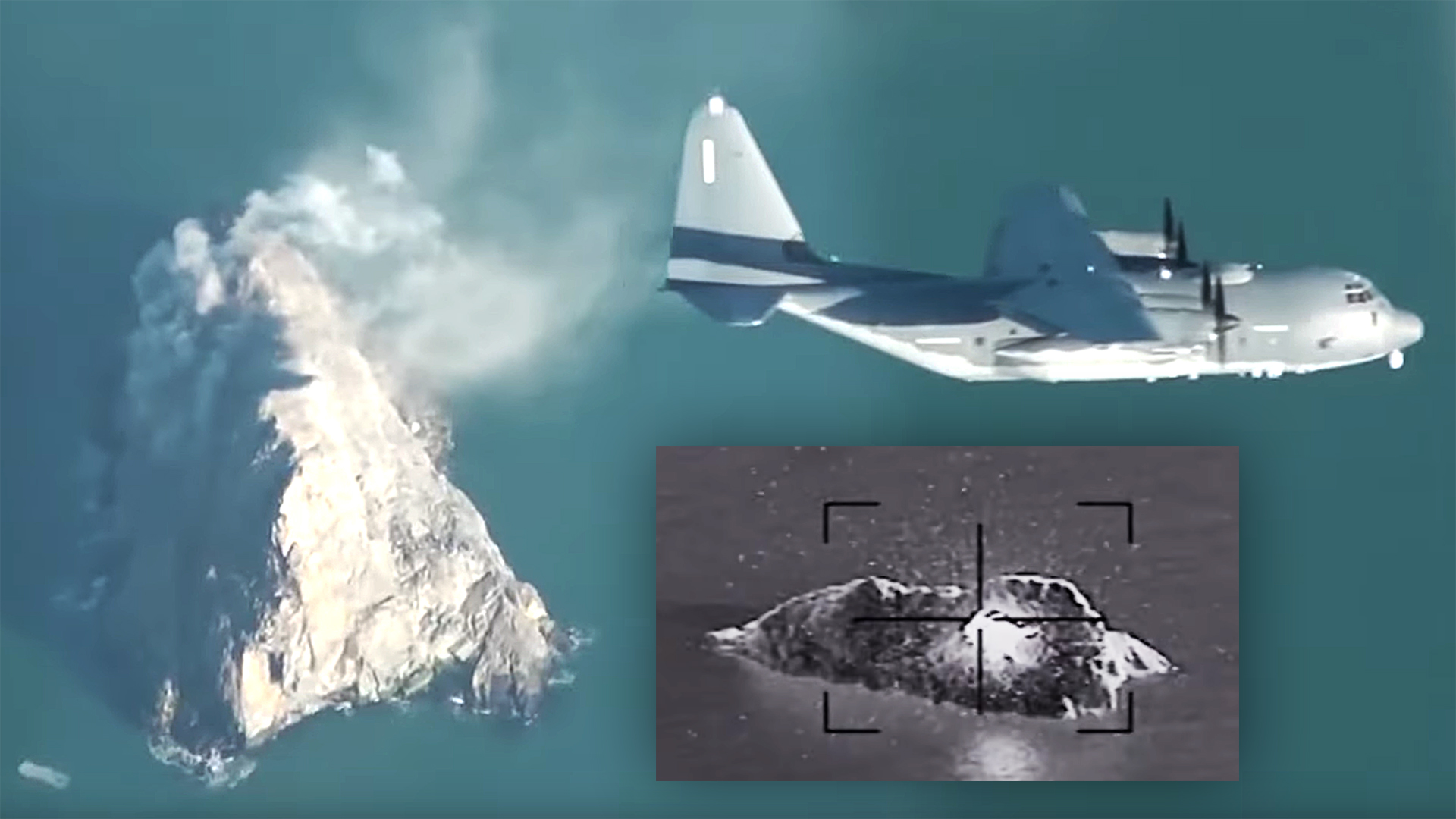We recently got an unusually detailed look at a USAF AC-130J Ghostrider gunship using much of its diverse arsenal from a recent military exercise in South Korea. The deployment of the AC-130 — which is as much a arsenal ship as a gunship these days — constituted the first time a ‘Ghostride’ J model, the most recent AC-130 to enter USAF service, has ever gone to that country.
The footage of the AC-130J, which has the tail number ‘5852’ and is operated by the 4th Special Operations Squadron, part of the 1st Special Operations Wing based at Hurlburt Field, Florida, was captured as part of a month-long U.S.-South Korean exercise. The drill started in early February and is expected to wrap up sometime in early March. The video itself was released by the Republic of Korea’s Joint Chiefs of Staff.
Video footage of the AC-130J deploying its munitions arsenal can be seen below.

In the footage, we see the AC-130J demonstrating the diversity of its munitions arsenal by hitting a small island with a variety of weapons. The demonstration begins with the deployment of three GBU-39B/B Laser Small Diameter Bombs (LSDB). Compared to the standard GBU-39/B, which has GPS guidance and a combination inertial navigation system, the LSDB adds laser guidance, allowing moving targets to be hit.

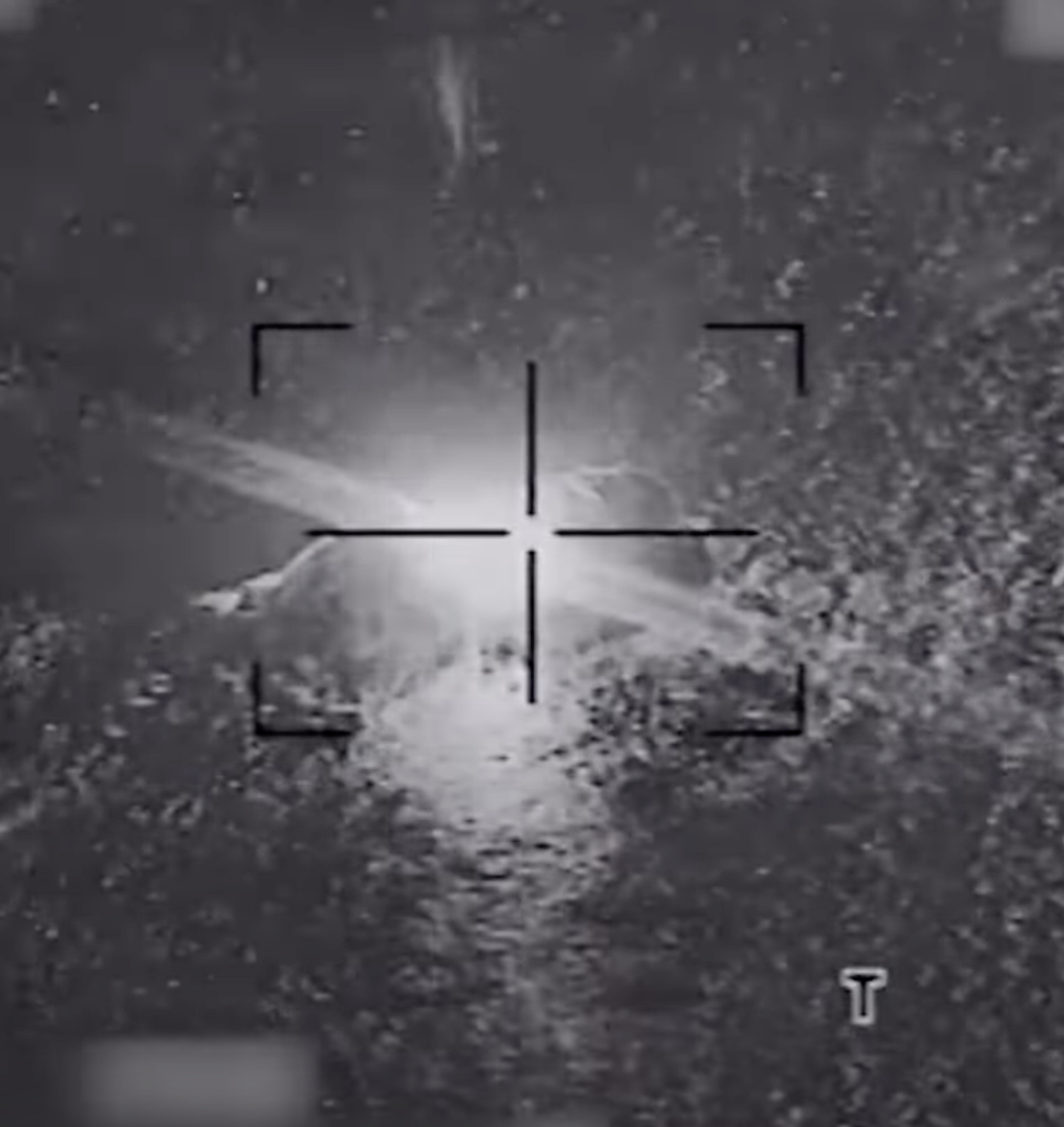
Following this, two internally-launched AGM-176 Griffin precision-guided missiles are released. Featuring GPS-aided inertial guidance and a semi-active laser seeker, AGM-176 missiles can be used for high-precision strikes on both static and moving targets.
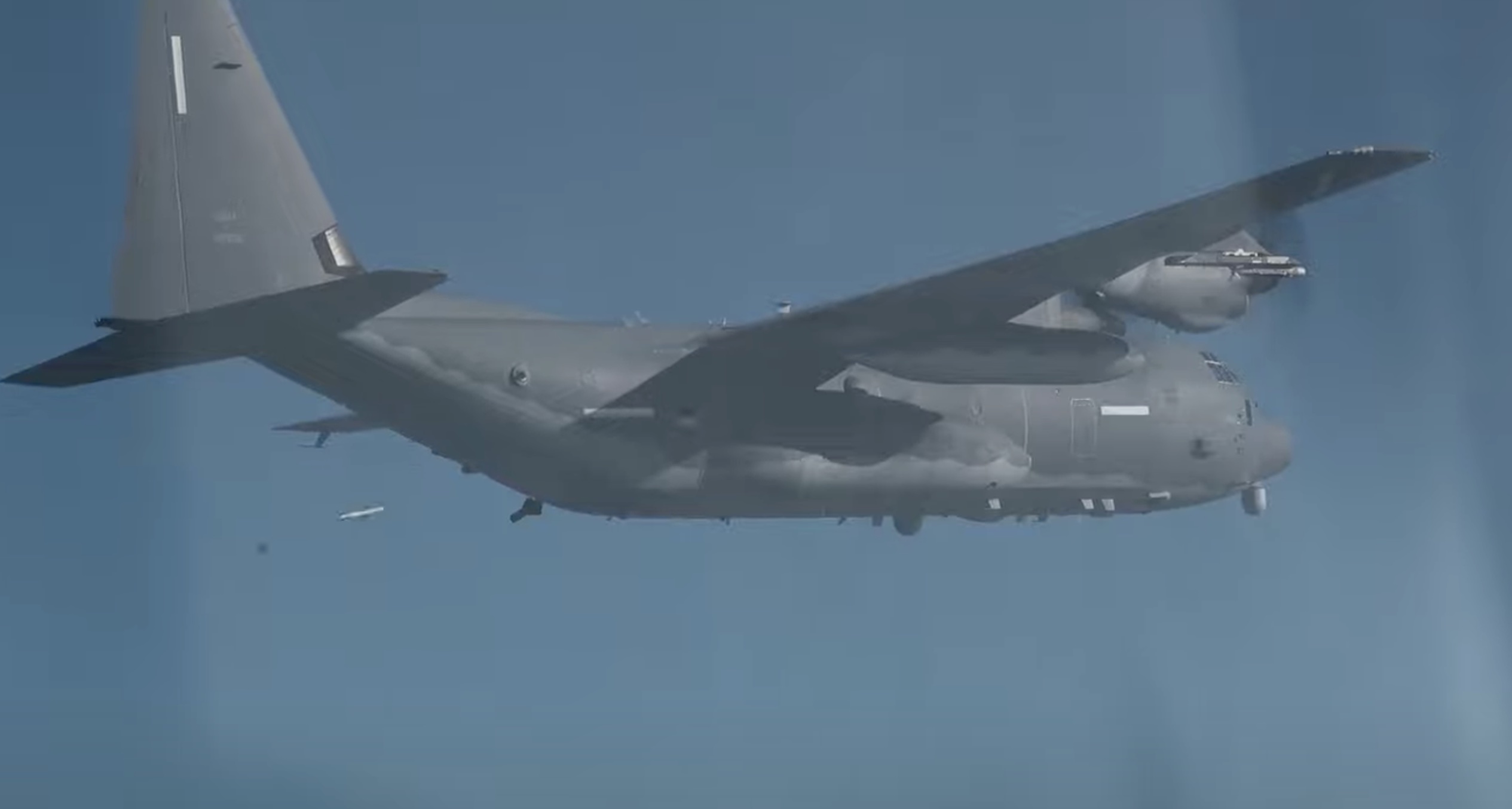
Footage of the AC-130 firing at least one AGM-114 Hellfire missile can also be seen. Four Hellfire missiles can be seen on a standard quad launcher under the aircraft’s left wing at the beginning of the video.

Finally, we see the aircraft’s 30mm autocannon and 105mm howitzer firing at the island. This particular aircraft appears to feature the older-style 105mm howitzer based on the triangular plate towards the muzzle end. The USAF is in the process of installing upgraded 105mm howitzers on these aircraft, which you can read more about here.


The AC-130J is the fifth-generation gunship replacing the USAF’s aging AC-130U/W gunships. After completing developmental testing and evaluation in June 2015, the aircraft reached initial operational capacity in 2017. It is not immediately clear how many AC-130Js the Air Force has at present, but the service said in 2021 that it expected to eventually acquire a fleet of 37 Ghostriders in total. The last AC-130J delivery is scheduled for fiscal year 2024.
The very public demonstration of the AC-130J’s capabilities is part of a regular exercise dubbed Teak Knife that both sides are usually tight-lipped about. Teak Knife is a Joint Combined Exchange Training (JCET) event intended to maximize the combat readiness of U.S. and Republic of Korea Special Operations through integrated aerial fire support.
JCETs typically feature under 100 personnel, and are designed to mirror what U.S. special operators face in operational context. They also frequently involve working with local populations on unconventional warfare tactics and training. The exercise is part of a series of Special Operations Command Pacific (SOCPAC) air-focused JCETs in the broader Indo-Pacific region. All the exercises in this series have the nickname ‘Teak’.
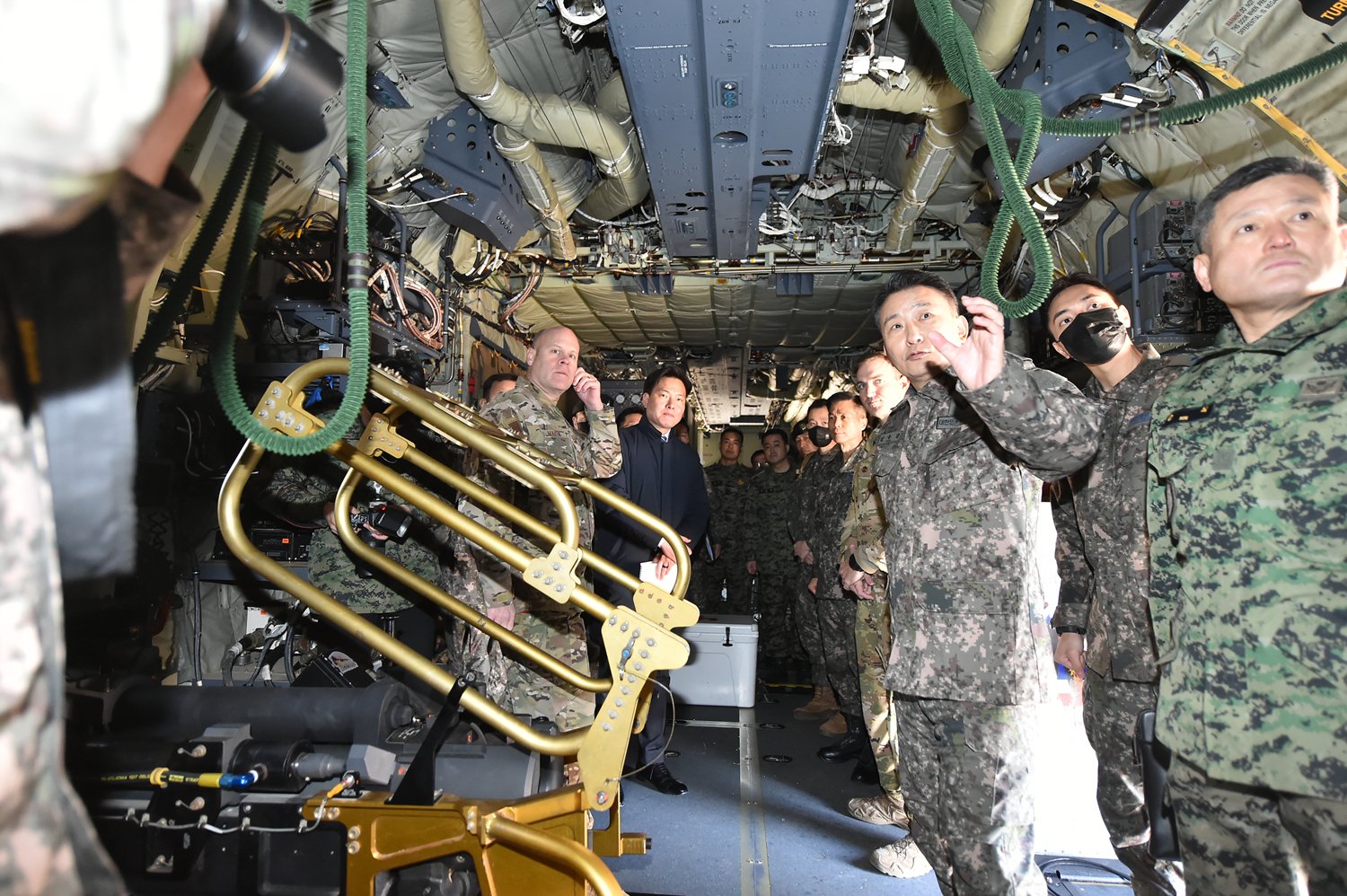
“With this being the first time the AC-130J has been in South Korea and having this aircraft come from the United States it provides us opportunities throughout the exercise to support extended deterrence,” Capt. Kimberly Chatto, director of public affairs for U.S. Special Operations Command-Korea is quoted by Ji Da-gyum of The Korea Herald. “It also shows what special operations aircraft are able to provide throughout different training scenarios with both U.S. and ROK special operations forces.”
The exercise also precedes the much larger 11-day U.S.-South Korean Freedom Shield drills, which takes place between March 13-23. The largest field exercise conducted by the two countries in five years, Freedom Shield aims to strengthen the combined U.S.-South Korean defensive posture in the face of Democratic People’s Republic of Korea (DPRK) aggression.
Teak Knife and Freedom Shield both come amid a period of rising tensions on the Peninsula. In recent months, the DPRK has continued to showcase its increasingly advanced standoff weapons arsenal, particularly ICBMs, through tests and public military displays. All the while, fears grow that the North could be preparing to test a nuclear device for the first time since 2017. At the same time, South Korea is considering building its own nuclear weapons capabilities in response to the nuclear threat from the north, with the possibility raised by South Korea’s President Yoon Suk Yeol in early January.
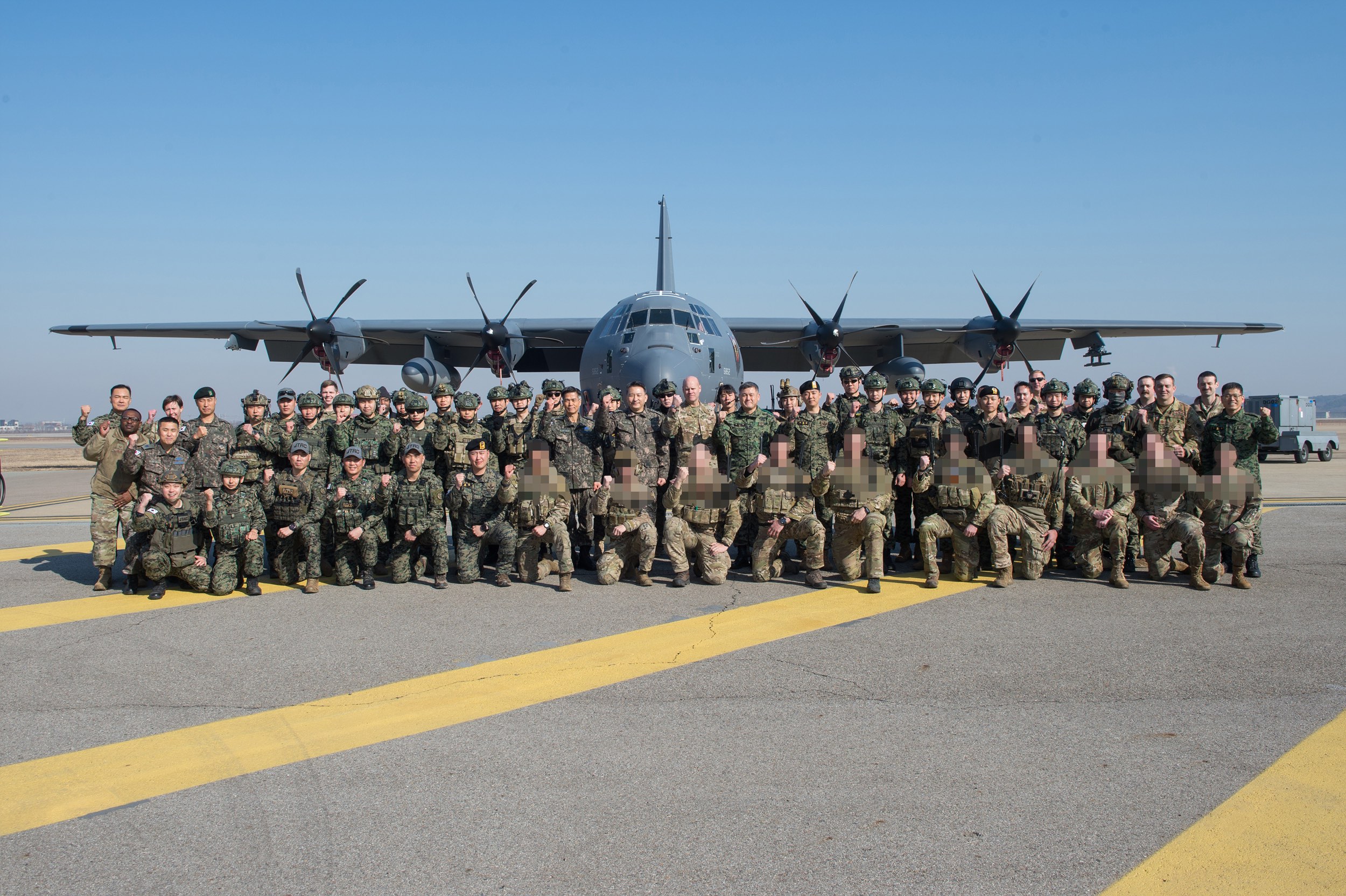
Among other U.S.-South Korean exercises, the recent AC-130J demonstration – and the released footage – is no doubt designed to underscore the strong alliance between the two countries within this broader instability in the region.
It’s also an particularly awesome showcase of the Ghostrider’s diverse armament in action.
Contact the author: oliver@thewarzone.com, joe@thedrive.com
